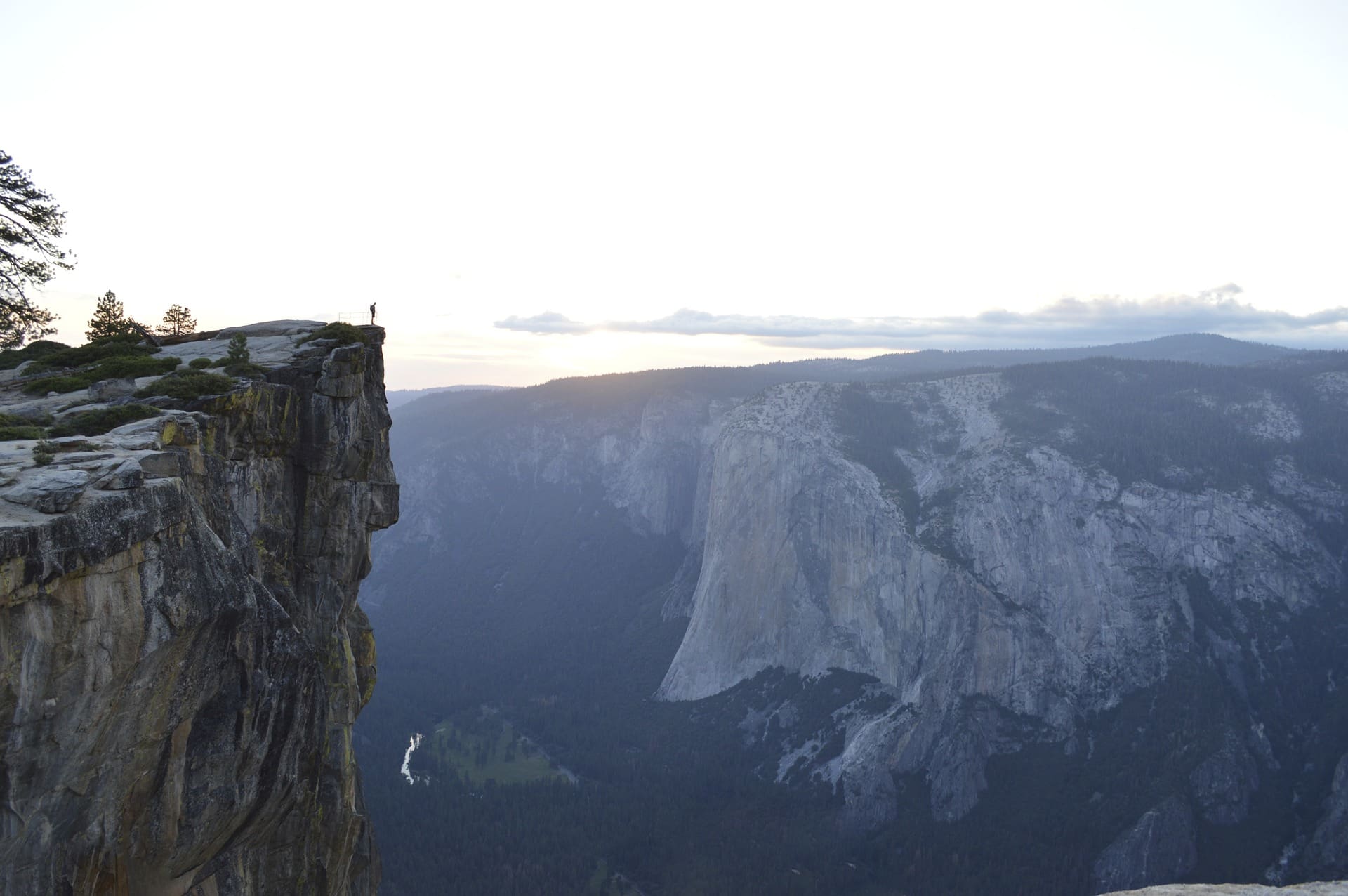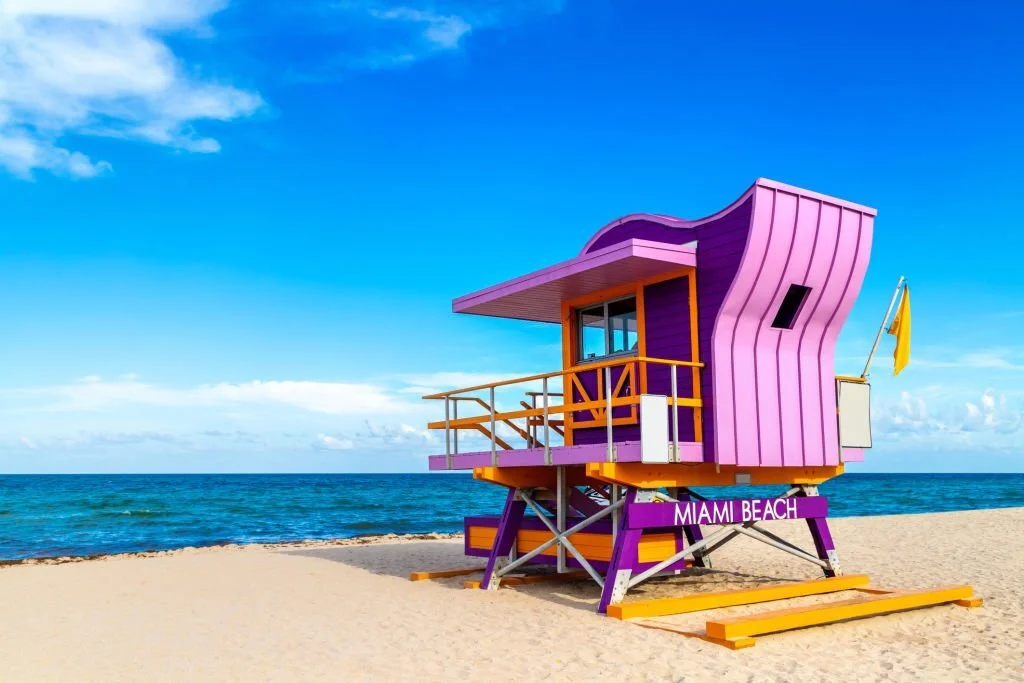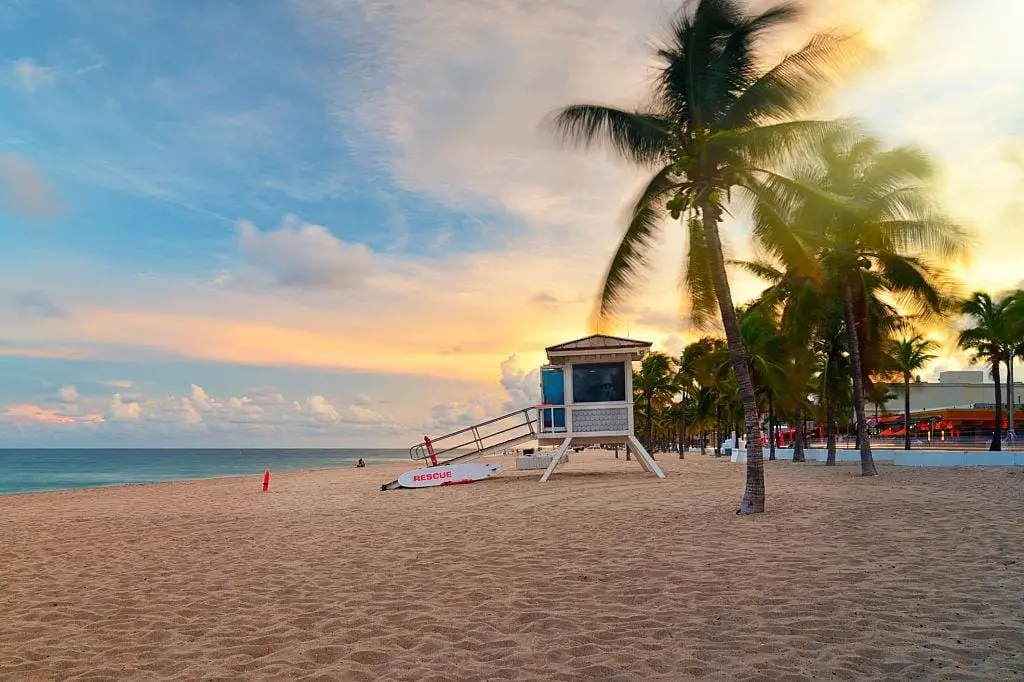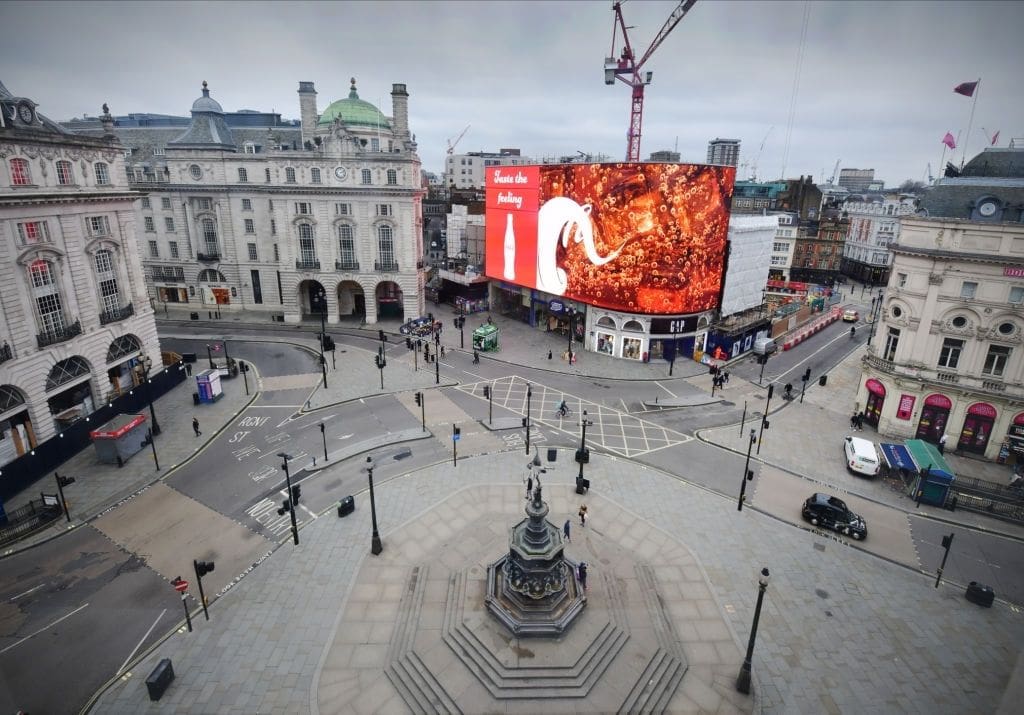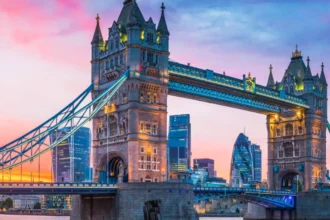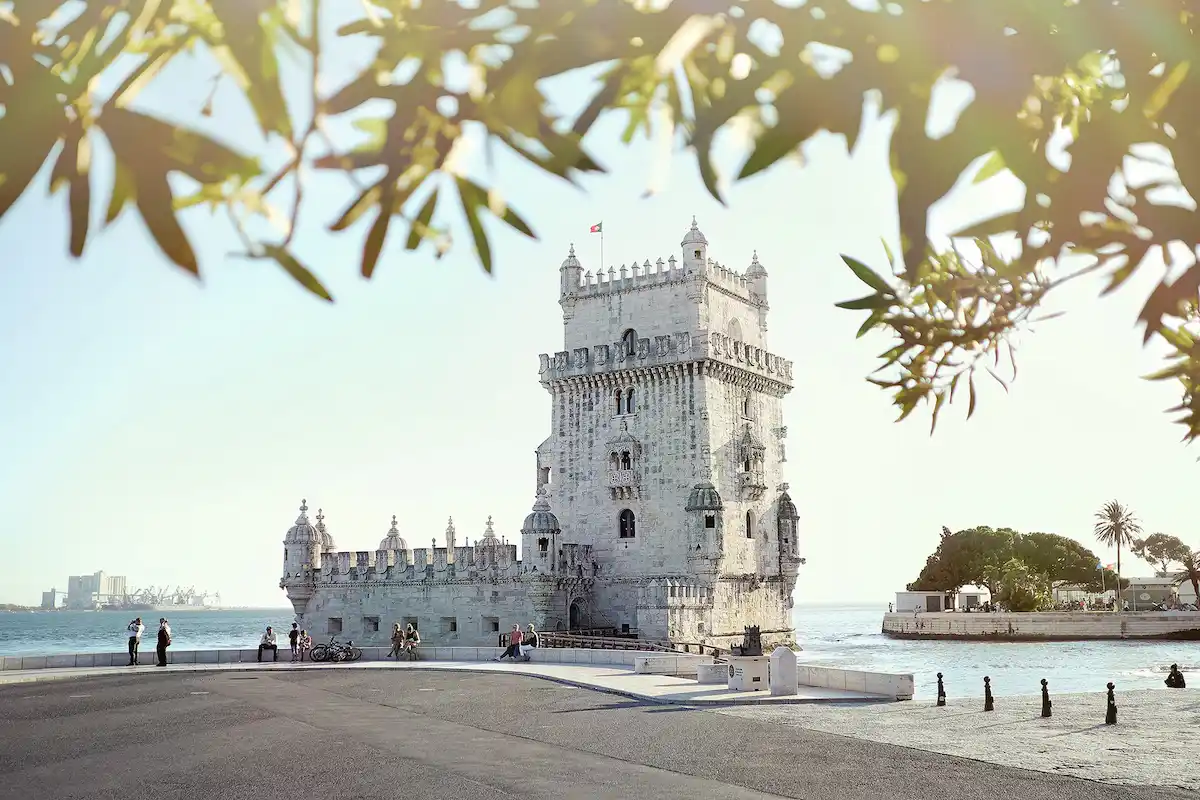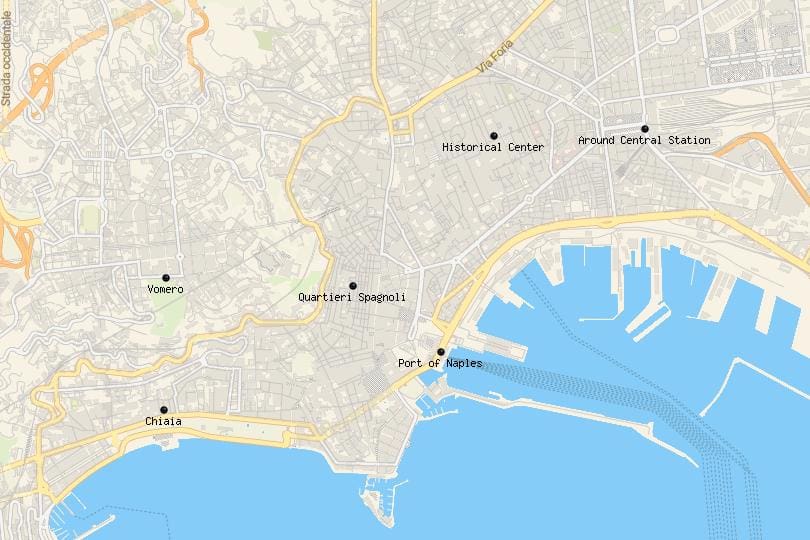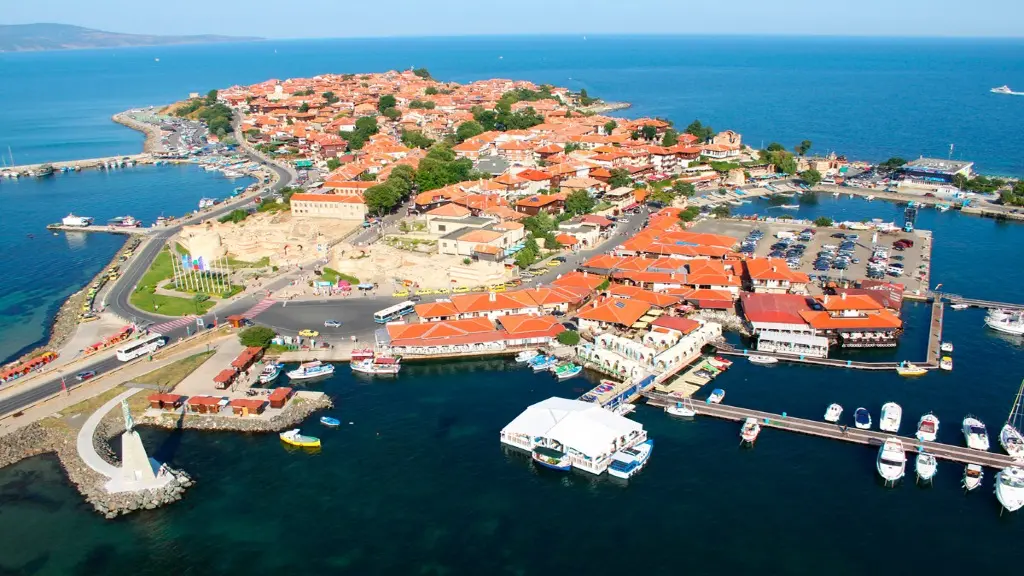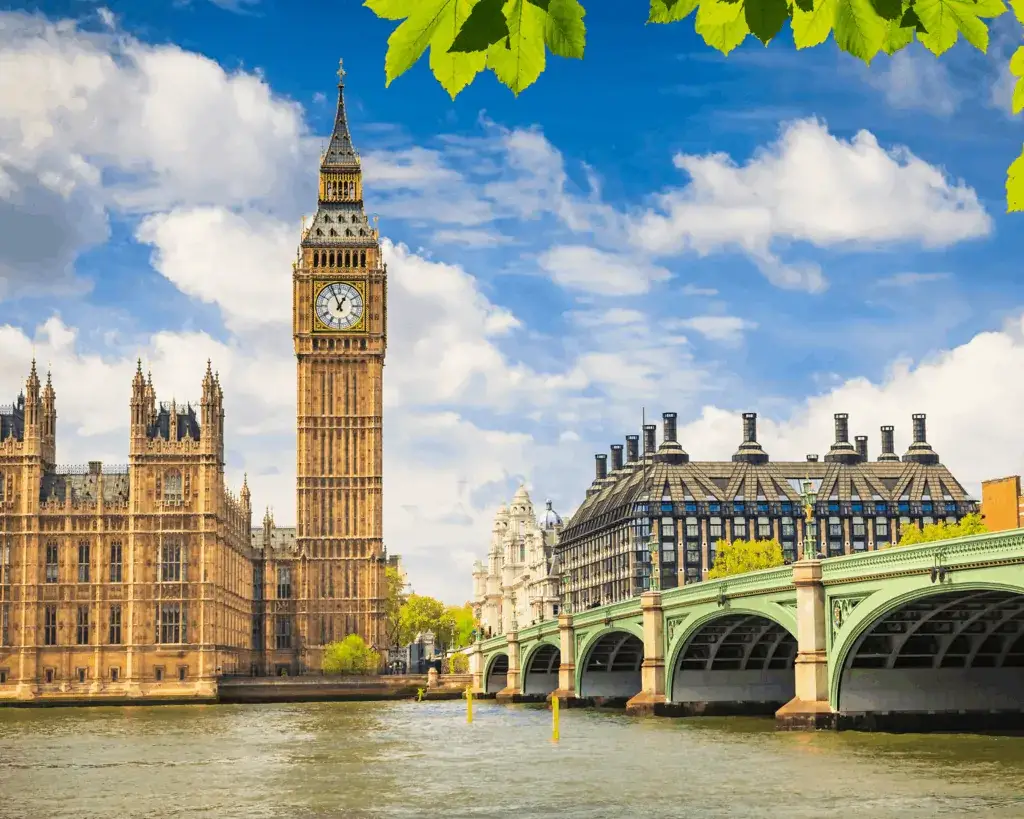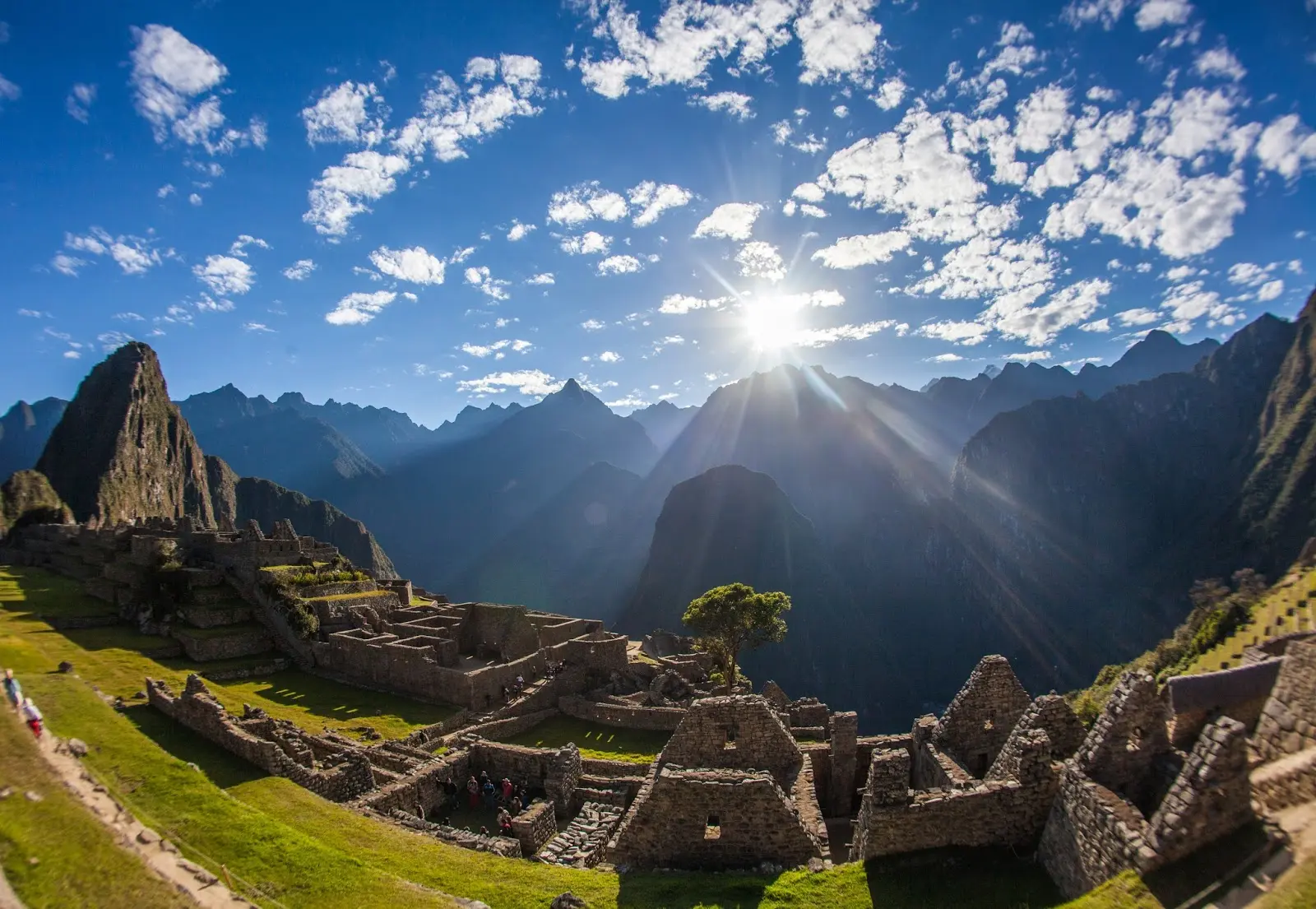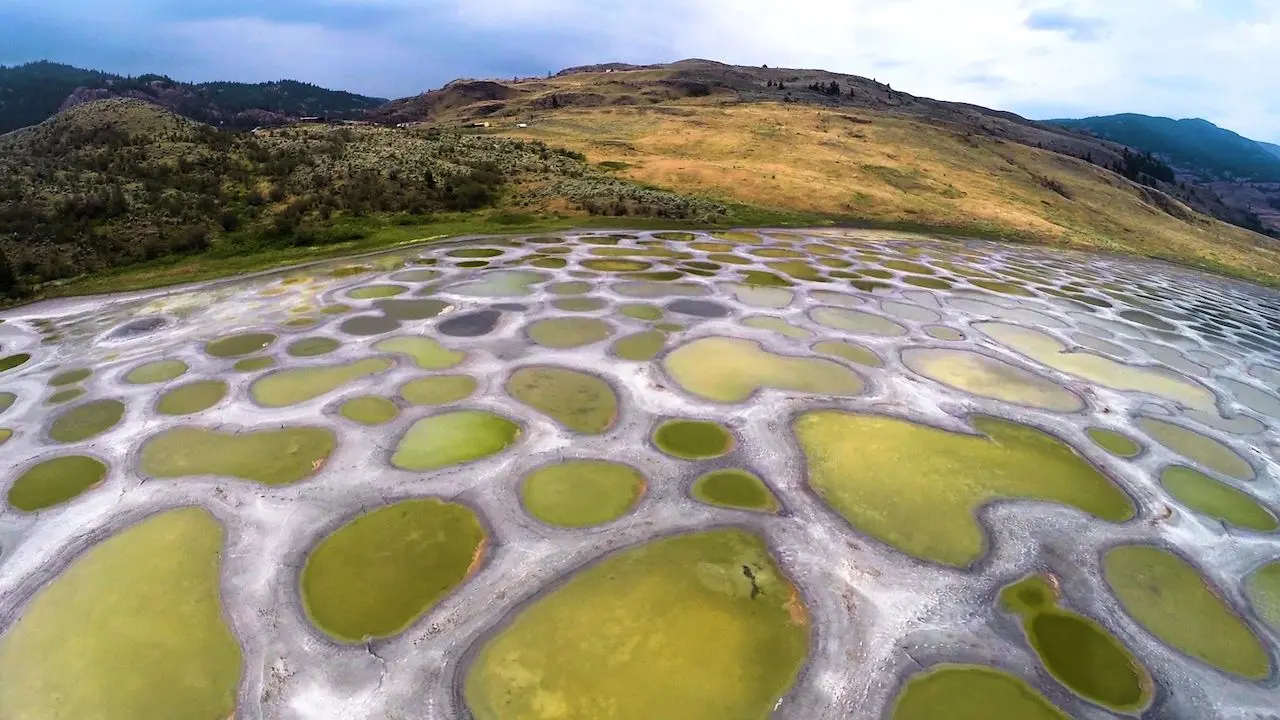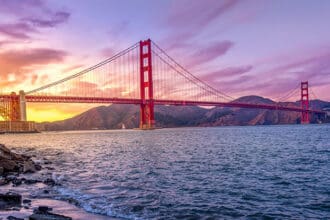Italy is a country that consistently captivates the imagination of travelers from around the world. Known for its stunning architecture, artistic treasures, and unparalleled history, Italy offers an eclectic mix of experiences that can appeal to every kind of traveler. Whether you’re exploring the bustling streets of Milan, relaxing by the tranquil shores of Lake Como, or stepping back in time at Pompeii, Italy’s diverse regions each offer their own unique charm. From cities teeming with Renaissance art to coastal villages that have inspired poets and artists for centuries, Italy is undeniably one of the most beloved destinations in Europe.
The top tourist destinations in Italy not only highlight its cultural and historical richness but also showcase its natural beauty. The country boasts a stunning variety of landscapes—from the sun-kissed Amalfi Coast and the snow-capped peaks of the Alps to the vineyards of Tuscany and the dramatic cliffs of Cinque Terre. Each destination provides its own immersive experience, ensuring that Italy remains one of the most sought-after vacation spots for travelers seeking history, art, and natural wonder in equal measure. Below, we explore the 12 must-see destinations that should be on every traveler’s bucket list.
1. Milan: A Hub of Fashion, Art, and Design
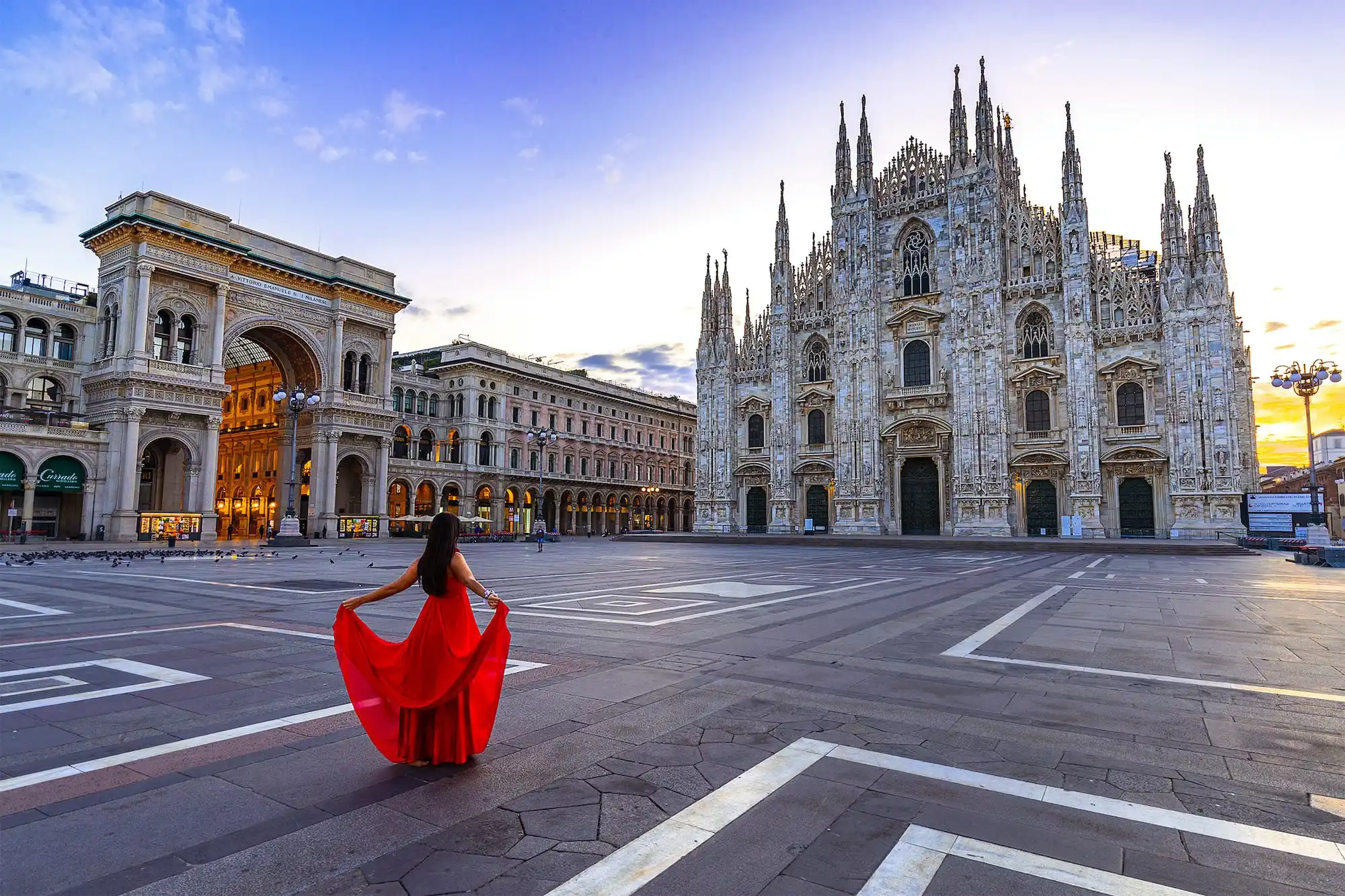
Milan is often regarded as one of the most cosmopolitan cities in Italy, offering a dynamic fusion of modernity and tradition. Known globally as a fashion capital, Milan is home to the world’s top luxury brands and hosts major fashion events such as Milan Fashion Week. Visitors can explore designer boutiques, cutting-edge showrooms, and grand department stores in the Quadrilatero della Moda (Fashion District). Milan is not only a shopping destination but also an epicenter for culture and art. The stunning Duomo di Milano, an architectural marvel, offers breathtaking views from its rooftop, and the Galleria Vittorio Emanuele II is an iconic shopping gallery that blends Victorian-style architecture with Milan’s high-end boutiques. For art lovers, Milan is home to Leonardo da Vinci’s iconic painting, The Last Supper, housed at the Convent of Santa Maria delle Grazie. The city’s ability to combine cutting-edge design, historic art, and modern architecture makes it an exciting destination for visitors.
Beyond its cultural riches, Milan is a hub for innovation, design, and business. It is home to numerous art galleries, museums, and theaters, including the Pinacoteca di Brera and Teatro alla Scala. The city also stands out for its culinary scene, where visitors can enjoy everything from high-end restaurants to traditional Italian eateries. Milan’s balance of contemporary design and historical grandeur offers visitors an enriching experience, making it a must-visit destination for those interested in art, fashion, and modern Italian culture.
2. Naples: The Gateway to Southern Italy

Naples, often considered the gateway to the South of Italy, is a city where culture, history, and food come together in a vibrant and authentic way. As the birthplace of pizza, Naples holds a special place in the hearts of food lovers around the world. The city’s bustling streets are filled with the delicious aroma of pizza being cooked in traditional wood-fired ovens, and it’s the perfect place to sample the authentic Neapolitan pizza. Beyond its culinary delights, Naples is steeped in history and offers visitors an unparalleled chance to explore ancient ruins. The nearby Pompeii and Herculaneum, both of which were destroyed by the eruption of Mount Vesuvius in 79 AD, are two of the most well-preserved archaeological sites in the world. These ancient cities provide a glimpse into Roman life and feature beautifully preserved mosaics, frescoes, and structures.
Naples is also famous for its picturesque coastal views, with Posillipo Hill offering panoramic views of the Bay of Naples and the majestic Mount Vesuvius towering in the distance. Visitors can explore the historic center of Naples, which is a UNESCO World Heritage site, and discover stunning churches, palaces, and vibrant piazzas. The city’s authentic atmosphere and proximity to both natural wonders and historical sites make it a great base for further exploring the Amalfi Coast, the islands of Capri and Ischia, and the ancient archaeological sites of Pompeii and Herculaneum.
3. Pisa: The Leaning Tower and Ancient Landmarks

While Pisa is most famous for its Leaning Tower, the city offers much more than just this iconic structure. Located in the heart of Tuscany, Pisa is a city of remarkable architecture and rich history. The Piazza dei Miracoli (Square of Miracles), a UNESCO World Heritage site, is home to the Leaning Tower, the Pisa Cathedral, and the Baptistery of St. John. Each of these structures is a masterpiece of Romanesque architecture, with intricate carvings, stunning mosaics, and grand domes that showcase the artistic achievements of the period. The Leaning Tower, one of the world’s most recognizable structures, offers visitors the chance to climb to the top for panoramic views of the city and the surrounding Tuscan countryside.
Beyond the tower, Pisa’s charming streets and piazzas make it a delightful city to explore. Piazza dei Cavalieri, with its imposing palaces and historical significance, offers a more serene side of the city, while Borgo Stretto is filled with shops, cafes, and local markets. Pisa also boasts numerous museums and galleries, including the Museo dell’Opera del Duomo, which displays artworks from the cathedral. For those looking to relax, Pisa has several tranquil gardens, such as Giardino Scotto, offering a peaceful retreat amidst the city’s architectural wonders.
4. Italian Lake District: Nature’s Tranquil Retreat

The Italian Lake District is a serene and picturesque area located in northern Italy, renowned for its breathtaking natural beauty and luxurious lakeside resorts. The region is home to three major lakes: Lake Como, Lake Maggiore, and Lake Garda. These sparkling lakes are set against the backdrop of the snow-capped Alps, creating a dramatic and stunning landscape. Lake Como is the most famous of the three, attracting celebrities and royalty alike with its idyllic villages, luxury villas, and opulent gardens. Visitors can explore the quaint lakeside towns of Bellagio, Varenna, and Menaggio, where cobblestone streets, elegant buildings, and tranquil lakeside views create a magical atmosphere.
The region is also known for its outdoor activities, including boat rides, hiking, and cycling. Villa del Balbianello, located on Lake Como, is one of the most famous attractions, offering beautifully landscaped gardens and stunning views. Lake Garda is perfect for water sports, hiking, and sightseeing, with charming towns like Sirmione and Malcesine offering opportunities for relaxation and exploration. For those looking to escape into nature, the Italian Lake District is a perfect retreat, offering everything from peaceful lakeside escapes to thrilling mountain adventures.
5. Sicily: The Island of Timeless Beauty
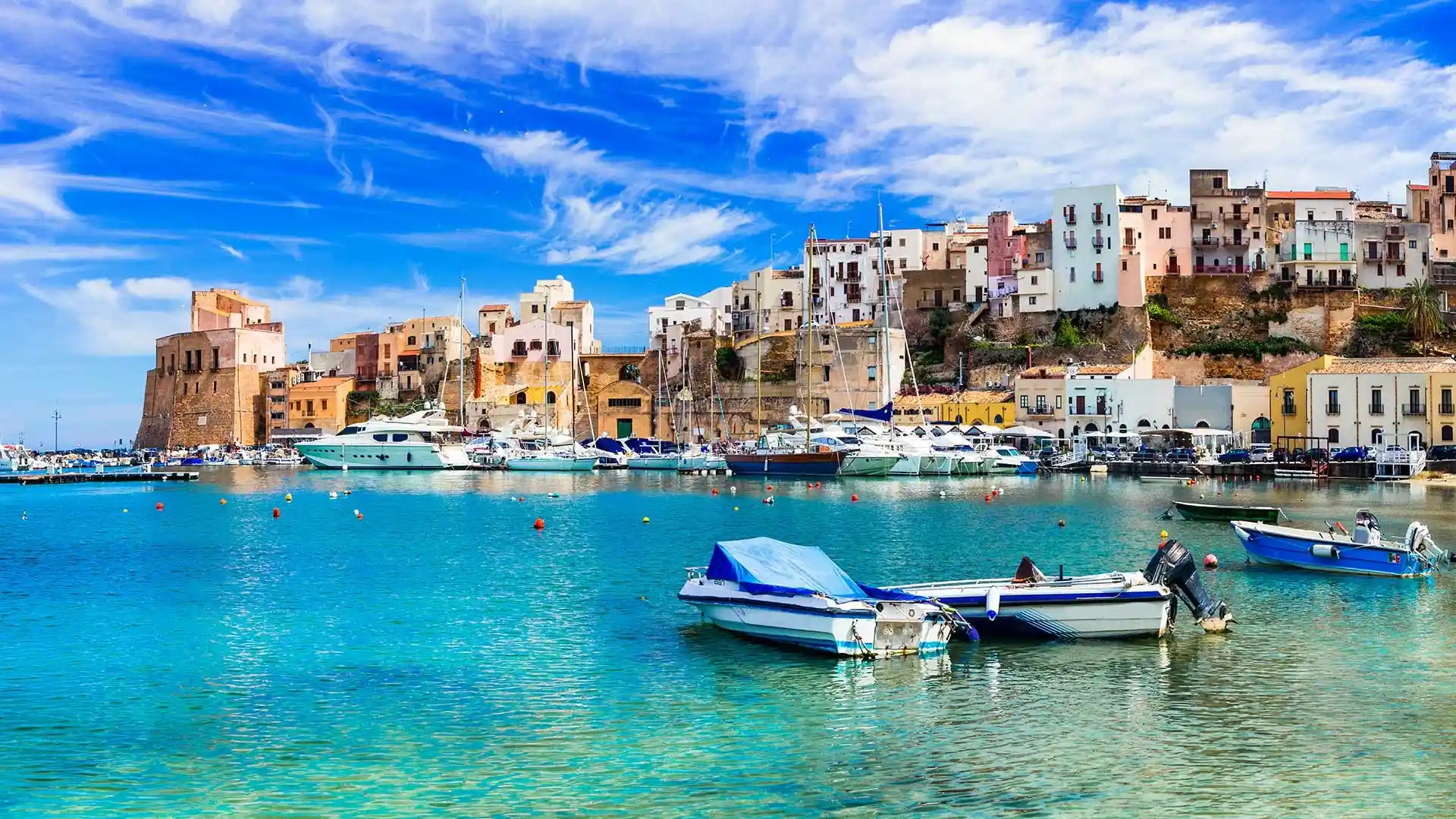
Sicily, the largest island in the Mediterranean, is an exceptional blend of natural beauty, historical treasures, and vibrant culture. The island is home to an abundance of ancient ruins, including the magnificent Valley of the Temples in Agrigento, a UNESCO World Heritage site with well-preserved ancient Greek temples. Catania is known for the Greek Theatre, while Palermo, the capital city, offers an eclectic mix of architectural styles, from Arab-Norman palaces to Baroque churches. One of Sicily’s most iconic landmarks is Mount Etna, Europe’s highest active volcano, which can be explored by hiking, cable car, or off-road tours.
Sicily’s coastline is just as impressive as its inland attractions, with idyllic beaches such as San Vito Lo Capo and Cefalù offering golden sands and crystal-clear waters. The island is famous for its delicious cuisine, including cannoli, arancini, and fresh seafood, which can be enjoyed in local markets and eateries. With its ancient ruins, stunning beaches, and vibrant cultural scene, Sicily offers a unique and unforgettable experience for travelers seeking history, nature, and cuisine.
6. Siena: A Medieval Masterpiece
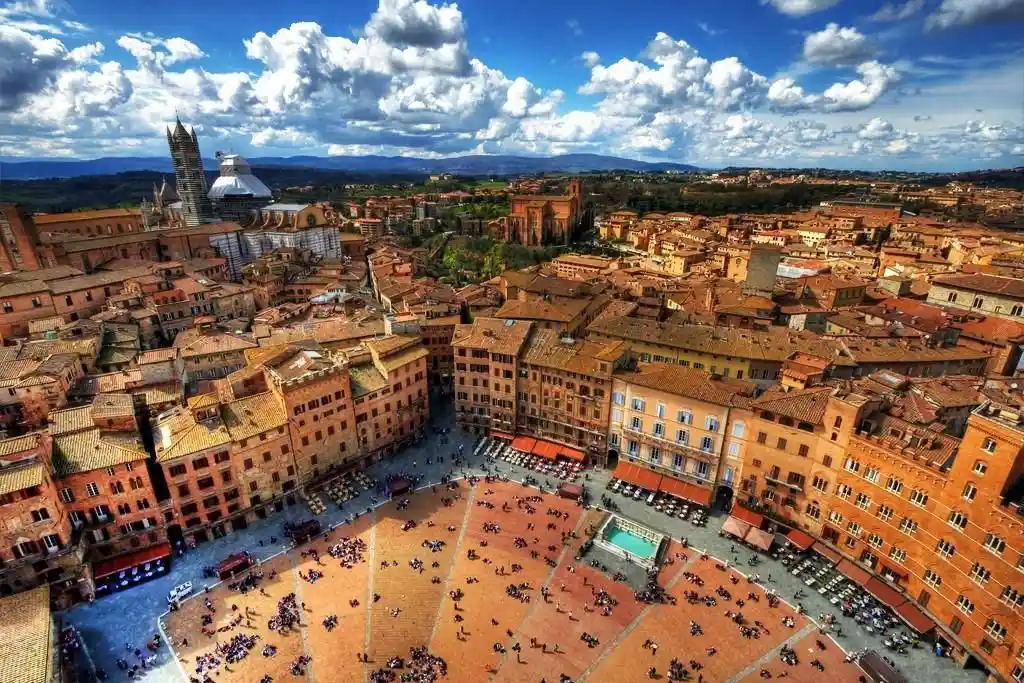
Siena, one of Italy’s most enchanting medieval cities, is a place where time seems to stand still. Located in the heart of Tuscany, Siena is renowned for its well-preserved medieval architecture and charming cobblestone streets. The city’s centerpiece is Piazza del Campo, a magnificent square where the famous Palio di Siena, a historic horse race, takes place twice a year. The square is surrounded by stunning Gothic buildings, including the Palazzo Pubblico and Torre del Mangia, which offer panoramic views of the city.
The Siena Cathedral, a stunning example of Gothic architecture, is another must-see attraction. Its intricately detailed façade and stunning interior, which includes works by Donatello and Michelangelo, make it one of Italy’s most impressive churches. Siena’s historic center, which is a UNESCO World Heritage site, is filled with charming narrow streets, ancient churches, and delightful piazzas. The city’s slower pace of life and traditional Tuscan charm make it an ideal destination for visitors looking to experience the heart of Tuscany.
7. Cinque Terre: Vibrant Villages on the Ligurian Coast
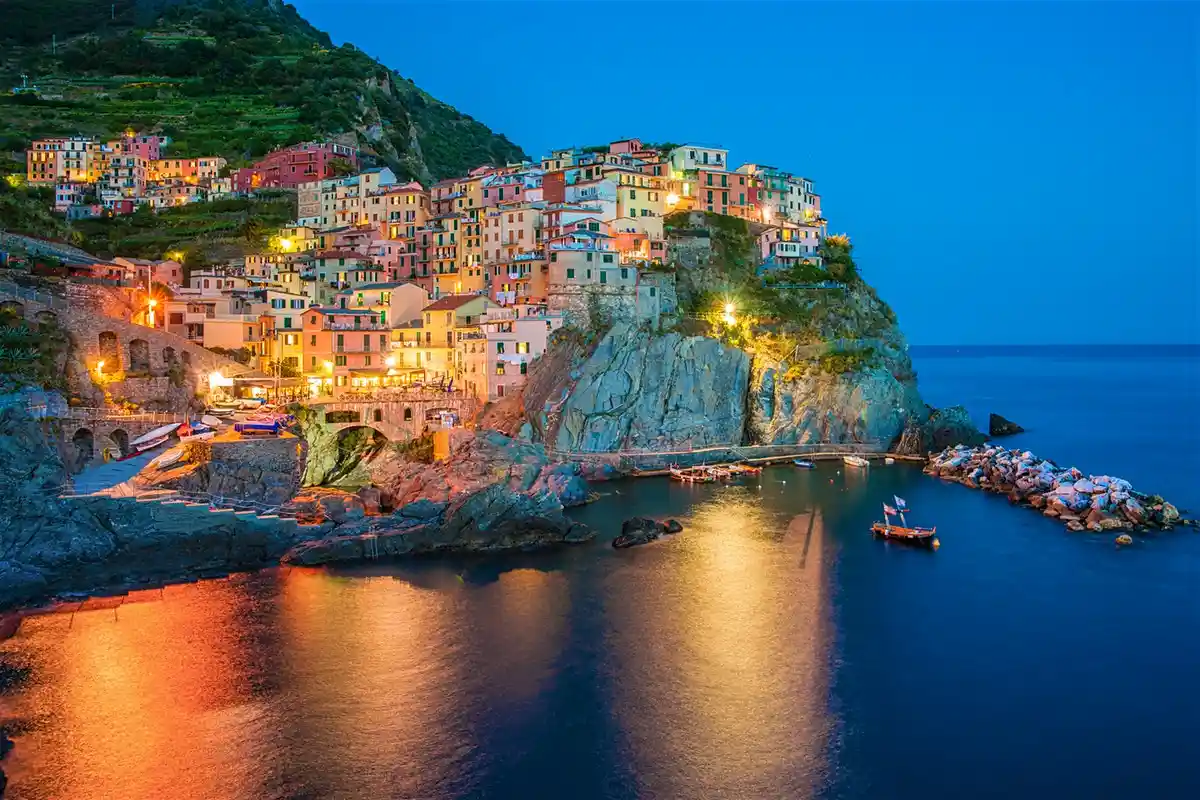
The Cinque Terre, meaning “Five Lands,” is a collection of five picturesque fishing villages on the Ligurian Coast. These colorful villages—Monterosso al Mare, Vernazza, Corniglia, Manarola, and Riomaggiore—are perched on rugged cliffs overlooking the Mediterranean Sea. Each village has its own unique charm, from Monterosso’s sandy beaches to the narrow, steep streets of Vernazza, and the colorful houses of Manarola that reflect the region’s maritime traditions. Cinque Terre is famous for its hiking trails, including the Sentiero Azzurro trail, which connects all five villages and offers stunning views of the coastline.
Cinque Terre is a UNESCO World Heritage site and one of the most scenic places in Italy, combining dramatic cliffs, vibrant architecture, and crystal-clear waters. Visitors can explore the villages on foot, by boat, or by train, and enjoy delicious seafood dishes, such as pesto and focaccia, in the local restaurants. The atmosphere is relaxed and laid-back, with a focus on preserving the natural beauty and traditions of the region, making it an ideal spot for nature lovers and those looking to experience an authentic Italian coastal village.
8. Amalfi Coast: Coastal Charm and Scenic Beauty
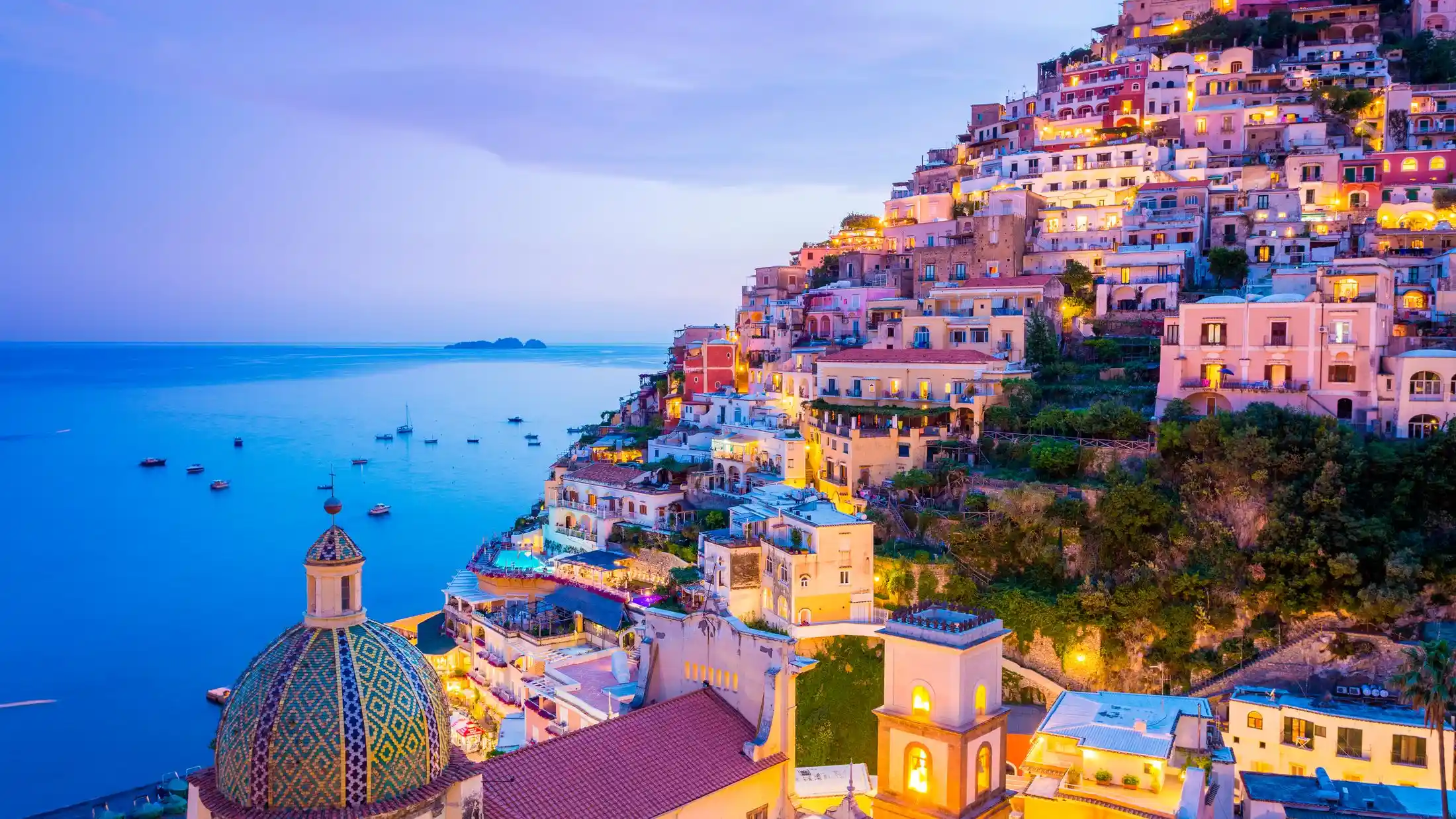
The Amalfi Coast, located in southern Italy, is one of the most beautiful and romantic destinations in the country. Known for its dramatic cliffs, crystal-clear waters, and charming towns, the coast is a UNESCO World Heritage site and attracts millions of visitors each year. Towns like Positano, Amalfi, and Ravello are known for their narrow streets, pastel-colored buildings, and breathtaking views of the Mediterranean. Positano is especially famous for its steep, cascading streets that lead down to the beach, while Amalfi is home to the stunning Cathedral of Saint Andrew, a symbol of the town’s medieval wealth.
The Path of the Gods (Sentiero degli Dei) is a must-do hike, offering panoramic views of the coast and the surrounding mountains. Visitors can also relax on the beaches, take boat trips along the coastline, and savor local dishes such as seafood pasta and limoncello, the famous lemon liqueur. The Amalfi Coast combines natural beauty with rich history and culture, making it a perfect destination for those seeking romance, relaxation, and adventure.
9. Pompeii: An Ancient City Frozen in Time

Pompeii, an ancient city located near Naples, is one of the most famous archaeological sites in the world. The city was tragically buried by the eruption of Mount Vesuvius in 79 AD, preserving it in a layer of volcanic ash for centuries. Today, Pompeii offers a fascinating glimpse into life during the Roman Empire, with remarkably well-preserved houses, streets, shops, temples, and public buildings. Visitors can walk along the ancient streets and explore the Forum, Amphitheater, and House of the Faun, among many other significant sites.
The Villa of the Mysteries, with its stunning frescoes, and the Lupanar (ancient brothel), are particularly noteworthy for providing insight into daily life in Pompeii. The eruption of Mount Vesuvius is believed to have preserved these remnants, and the city remains a time capsule from the ancient world. A visit to Pompeii is a powerful experience, offering a unique look at Roman life frozen in time, and it’s a must-visit for history enthusiasts.
10. Venice: The Floating City
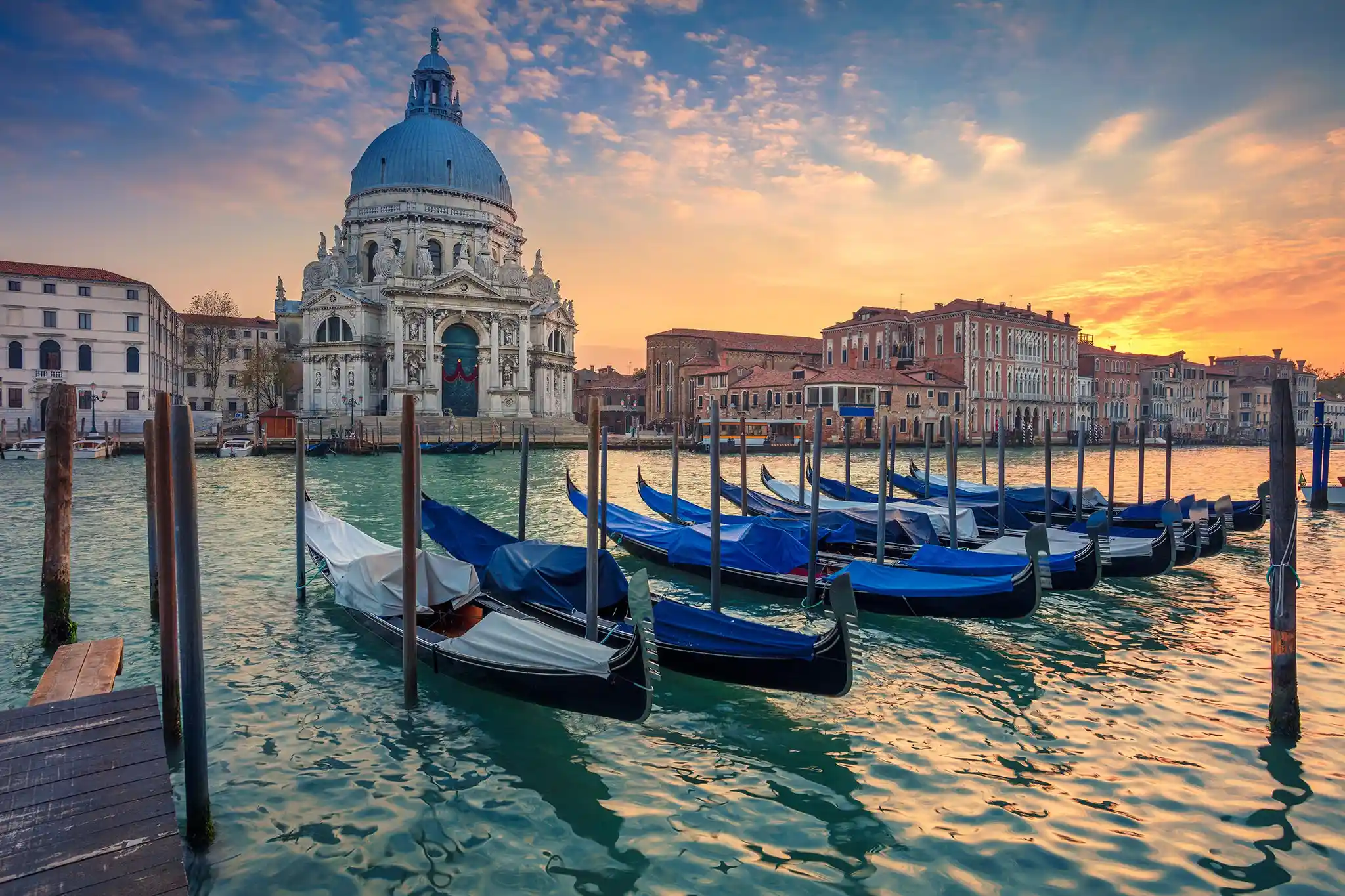
Venice, often referred to as “The Floating City,” is one of the most unique and romantic cities in the world. Known for its network of canals, stunning architecture, and rich cultural heritage, Venice is a city like no other. Visitors can glide through the Grand Canal on a traditional gondola, passing by beautiful palaces, churches, and bridges. The iconic St. Mark’s Basilica, with its intricate mosaics and grand façade, and the Doge’s Palace, a stunning example of Venetian Gothic architecture, are among the city’s most famous landmarks. The Rialto Bridge is another iconic sight, offering a picturesque view of the canal.
Venice’s maze of narrow streets, charming piazzas, and hidden courtyards makes it a delight to explore on foot. The city is also known for its art and cultural festivals, including the famous Venice Film Festival and Carnival of Venice, where visitors can witness grand masquerades and performances. The combination of stunning architecture, rich history, and romantic atmosphere makes Venice a top destination for travelers seeking beauty and culture.
11. Florence: The Cradle of the Renaissance
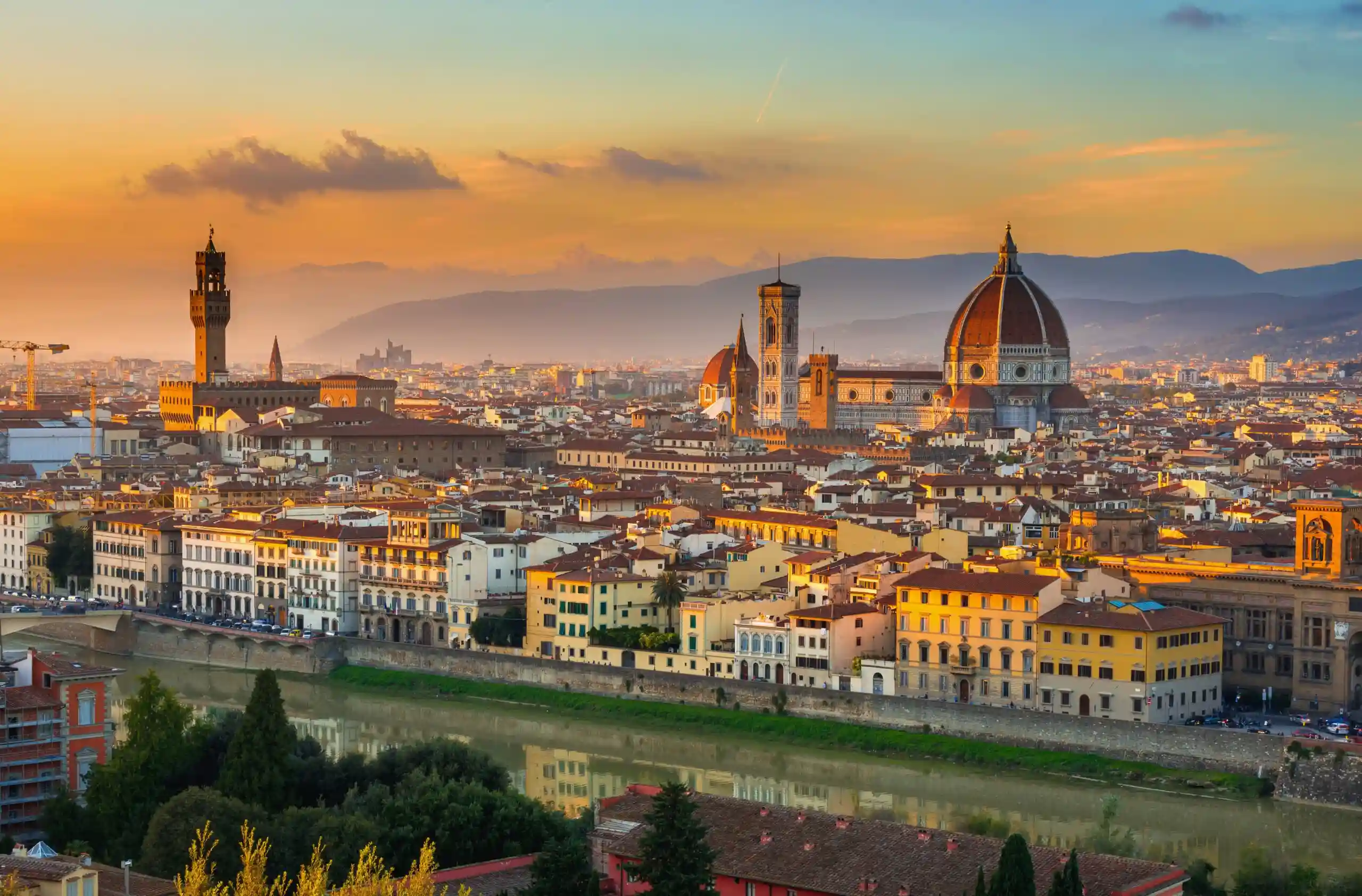
Florence, the capital of Tuscany, is often considered the birthplace of the Renaissance. The city is a treasure trove of art, architecture, and culture, with world-renowned museums and historic landmarks. The Uffizi Gallery houses masterpieces by Leonardo da Vinci, Michelangelo, and Sandro Botticelli, while the Accademia Gallery is home to Michelangelo’s David, one of the most iconic sculptures in the world. Florence’s stunning cathedral, the Duomo, with its iconic dome designed by Filippo Brunelleschi, dominates the city’s skyline.
The Ponte Vecchio, a medieval bridge lined with shops selling jewelry and art, is another famous landmark. Florence’s charming historic center, which is a UNESCO World Heritage site, is perfect for strolling and exploring hidden gems, such as the Piazza della Signoria and the Bargello Museum. Florence is also known for its culinary delights, including bistecca alla fiorentina (Florentine steak) and its traditional Tuscan wines. For art lovers, historians, and food enthusiasts alike, Florence is an unmissable destination.
12. Rome: The Eternal City
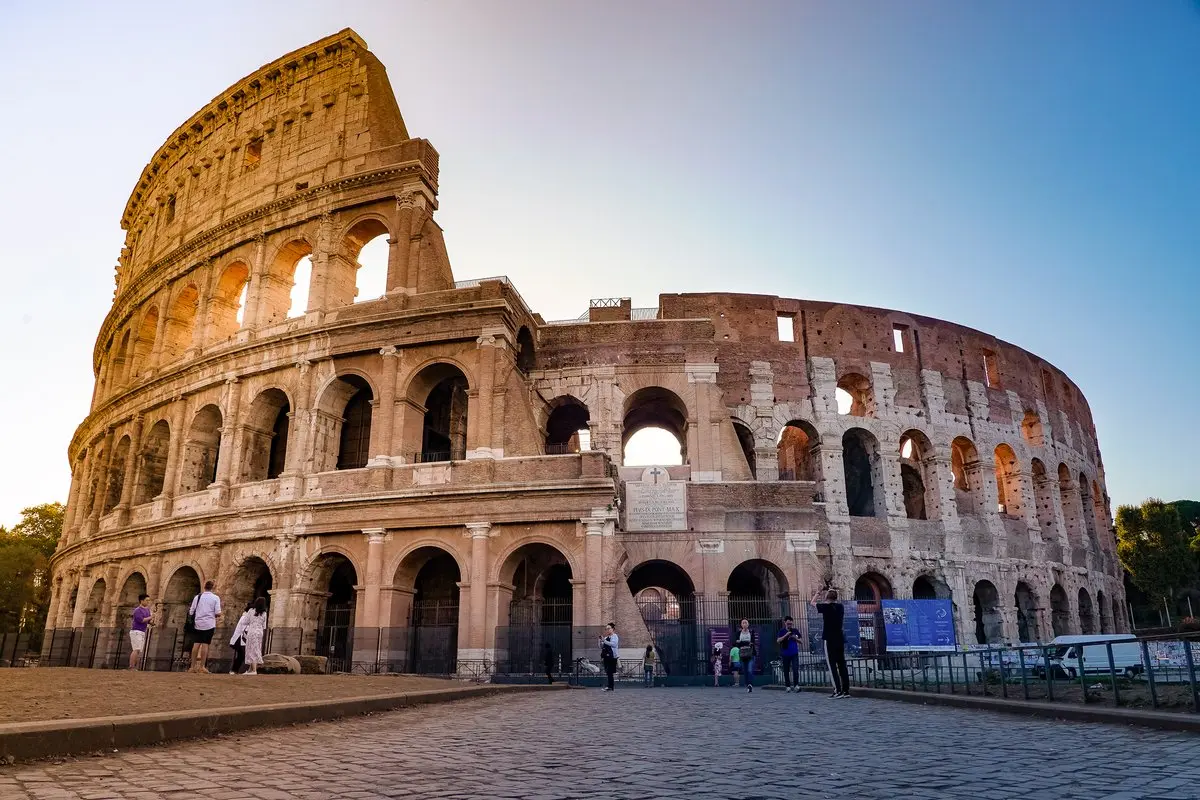
Rome, the capital city of Italy, is a timeless destination where ancient history meets modern culture. Known as “The Eternal City,” Rome is home to some of the most iconic landmarks in the world. The Colosseum, an ancient amphitheater that once hosted gladiatorial contests, and the Roman Forum, the heart of ancient Rome’s political and social life, are must-see historical sites. The Pantheon, with its majestic dome and stunning architecture, and the Trevi Fountain, one of the most famous fountains in the world, are also iconic attractions.
The Vatican City, an independent city-state within Rome, is home to the Papal residence and the Sistine Chapel, whose ceiling was painted by Michelangelo. Visitors can also explore the St. Peter’s Basilica, a Renaissance masterpiece. Rome’s charming neighborhoods, such as Trastevere and Campo de’ Fiori, are perfect for wandering and soaking up the city’s vibrant atmosphere. The combination of ancient ruins, Renaissance art, and modern Italian life makes Rome a captivating destination for travelers.
Conclusion
Italy is a country rich in history, culture, art, and natural beauty, offering an endless variety of experiences for every traveler. Whether you’re exploring the ancient ruins of Pompeii, cruising along the canals of Venice, hiking in the Italian Lake District, or indulging in world-class cuisine in Florence, Italy has something for everyone. Each region and city offers a unique glimpse into Italian life, from the fashion capital of Milan to the ancient streets of Rome. No matter where you go in Italy, you’re sure to find unforgettable experiences that will stay with you long after your visit.
FAQs:
- What are the best tourist destinations in Italy?
Italy is home to some of the world’s most iconic tourist destinations, including Milan, Rome, Venice, Florence, Naples, the Amalfi Coast, and the Italian Lake District. Each offers a unique blend of history, culture, art, and natural beauty, making them top choices for travelers. - Why is Milan considered the fashion capital of Italy?
Milan is renowned for its cutting-edge fashion scene, hosting international fashion weeks and being home to luxury brands such as Gucci, Prada, and Versace. The city blends modern design with historical landmarks, and its role in fashion innovation makes it a global trendsetter. - What can I do in Naples, Italy?
Naples is famous for its rich cultural heritage, vibrant streets, and as the birthplace of pizza. Visitors can explore Pompeii, the Amalfi Coast, Mount Vesuvius, and enjoy local culinary delights, including pizza Margherita and sfogliatella pastries. - What is Pisa famous for besides the Leaning Tower?
Beyond the Leaning Tower, Pisa is home to the beautiful Piazza dei Miracoli, featuring the Pisa Cathedral and Baptistery of St. John. The city also offers charming streets, cafes, and art museums, with plenty of historical landmarks to explore. - What are the top attractions in the Italian Lake District?
The Italian Lake District is known for its scenic lakes like Lake Como, Lake Garda, and Lake Maggiore. Popular activities include boat tours, hiking, visiting historic villas, and exploring charming lakeside towns like Bellagio and Stresa. - Why should I visit Sicily in Italy?
Sicily offers a mix of stunning landscapes, ancient ruins, and rich cultural history. Notable attractions include the Valley of the Temples, Mount Etna, the ancient Greek Theatre of Catania, and beautiful beaches like San Vito Lo Capo and Cefalù. - What is Siena known for?
Siena is famous for its well-preserved medieval architecture and the Palio di Siena, a historic horse race held twice a year. The city is also known for its stunning cathedral, Piazza del Campo, and its charming Tuscan atmosphere. - How do I explore the Cinque Terre?
Cinque Terre consists of five colorful seaside villages connected by scenic hiking trails. Visitors can explore on foot, by boat, or via the local train system, enjoying stunning coastal views, fresh seafood, and vibrant village life. - What can I do on the Amalfi Coast?
The Amalfi Coast offers breathtaking views, charming towns, and plenty of activities like hiking the Path of the Gods, visiting the towns of Positano and Ravello, relaxing on beaches, and enjoying authentic Italian cuisine and wines. - Why is Pompeii an important historical site?
Pompeii, an ancient Roman city, was preserved under volcanic ash after the eruption of Mount Vesuvius in 79 AD. It provides invaluable insight into Roman life, with well-preserved ruins of homes, shops, and public buildings, along with frescoes and mosaics. - What are the must-see sights in Venice, Italy?
Venice is known for its canals, historic architecture, and vibrant atmosphere. Must-see sights include St. Mark’s Basilica, the Grand Canal, the Rialto Bridge, the Doge’s Palace, and a gondola ride through the winding canals. - What makes Florence the birthplace of the Renaissance?
Florence is home to some of the world’s most famous Renaissance art and architecture, including works by Michelangelo, Leonardo da Vinci, and Botticelli. The Uffizi Gallery and the Florence Cathedral are prime examples of Renaissance culture and history. - Why is Rome known as the Eternal City?
Rome is called the “Eternal City” due to its deep historical significance and its long-standing influence on Western culture. From ancient landmarks like the Colosseum and Roman Forum to Vatican City, Rome offers a rich tapestry of art, history, and religion.

